Table Of Content
Custom Software Development for Data Monetization
Data monetization is a process that uses data to create monetary value in the organization. Data products are the source of data that comes in raw or refined forms such as data sets, reports, analysis results, applications, etc. Data sources can originate from internal sources from company operations or external sources (customers, suppliers, partners, solutions providers, etc.).
Data monetization can create disruptive products and new business models
How to Monetize Data
Many companies have been focused on collecting data but still don’t know how to monetize it. At the same time, others are already taking monetization initiatives by analyzing models and creating new revenue streams. Monetizing data definitely helps organizations in becoming more competitive. Organizations with data strategy plans begin by developing use cases, data models concepts, and prototypes. Managers start by providing their analysis and results from internal operational data and bring data to life with data analytics tools such as spreadsheets, databases, query languages, and visualization software.
Transformations require business leadership, an adaptation of operating business models and functions, organizational design, data culture, talent, and good management. Data monetization initiatives also require alignment between business operations and information technology (IT). Experienced talent with knowledge of the business and industry is critical for success as well when implementing data monetization and analytics. Data strategy, design, and architecture of internal data help set up a technical platform for data monetization. As a good practice, get started by fixing your internal data sharing and integrations before looking to external data sources.
Data Monetization Playbook
Data analytics transforms business functions and models across industries. Data monetization creates differentiation and gives a competitive edge to industry players.
Data Monetization Technologies
Successful data monetization projects depend on workflow design and development with the proper management of a data pipeline. Coding a customized data pipeline and ETL workflows for a specific business is a good choice, considering the specifics of the business operations, workflows, maturity level, skill set, and technologies being used.
Our teams help clients modernize and optimize data architectures, organizing data that is spread across environments and comes in many formats. We can also manage the process of aggregating metadata from different sources to the data pipeline, making sense of its correlations, and extracting insights that feed business intelligence (BI) and smart analytics software.
The Krasamo team can build customized data applications for data monetization and integrate multiple databases and multi-cloud environments with a combination of tools.
Data Visualization—Visual Communication of Data
Nowadays, we have almost unlimited amounts of data, and we have to convert that data into a visual story in its context. Showing the data and telling a story is key for data-driven decision-making. Data visualization is an important step in data analytics and monetization projects, as it is the best way to show and communicate results to stakeholders. Our data analysts have developed expertise in communicating data via user interfaces (data storytelling).
Krasamo is vendor-neutral and provides unbiased assessments.
Business Intelligence (BI) Software—Data Visualization Tools
Business intelligence software empowers users in reporting, querying, data visualization, machine learning capabilities, and descriptive and diagnostic analysis. In addition, the Krasamo team provides support to clients to enhance the BI platforms’ capabilities, development operations (DevOps), version control systems, and agile development process. Various tools are available to provide augmented analytics, each with functionalities that cater to specific situations:
Open-source Tools
Data Integration Tools
Analytical Databases Software (Back-end Technologies)
Benefits of Data Monetization
Thanks to data analysis, data monetization can take place, adding value to the business. Some of the most relevant benefits of and opportunities from data monetization include:
- Developing new products and services that bring new revenue sources
- Generating new data to improve products
- Improving customer experience and loyalty through product personalization
- Developing new business models
- Creating partnerships that share data (create a data utility)
- Increasing business competitiveness
Challenges of Data Monetization
Businesses facing challenges to monetize data usually confirm the following issues:
- Poor data quality due to the lack of an efficient process for collection, transformation, and organization of data
- Complexity challenges in integrating data with existing systems (data integration)
- Lack of know-how and skills
- Lack of stakeholders buy-in and/or management support
- Data security concerns
Krasamo helps clients keep up with constant changes in data, model retraining, continuous monitoring, and maintenance of systems.
Big Data Analytics
Big data is the automation of information processing to extract insights from complex and large data sets for use in decision-making.
Query Languages—Databases
Structure Query Languages (SQL) are used for selecting, adding, or downloading data from a database, which requires accessing data using rules and relationships that organize data into collections. Data can be exported to a spreadsheet for analysis, or it can be imported from spreadsheets to a database.
- MySQL
- SQL
- Microsoft SQL Server
- BigQuery (ANSI SQL)
Programming Languages
Statistical analysis, visualization, and other analysis require skills in programming languages such as:
- Python
- R (Visual Objects with R)
Data Monetization Opportunities with Big Data and Analytics Solutions
Big data and analytics solutions—along with massive amounts of data—drive data monetization growth and new revenue streams for enterprises. Internal data monetization optimizes operations, products and services, and customer service. On the other hand, external monetization shares data with customers and partners with mutual benefits to create new revenue streams. Data can be anonymized, aggregated, and integrated with public data sources in order to pursue high-value opportunities, such as in IoT use cases.
Krasamo is a software developer and integrator with expertise in IoT, mobile apps, and machine learning. Based in Dallas, Texas, we have been serving medium to large corporations in the US since 2009.
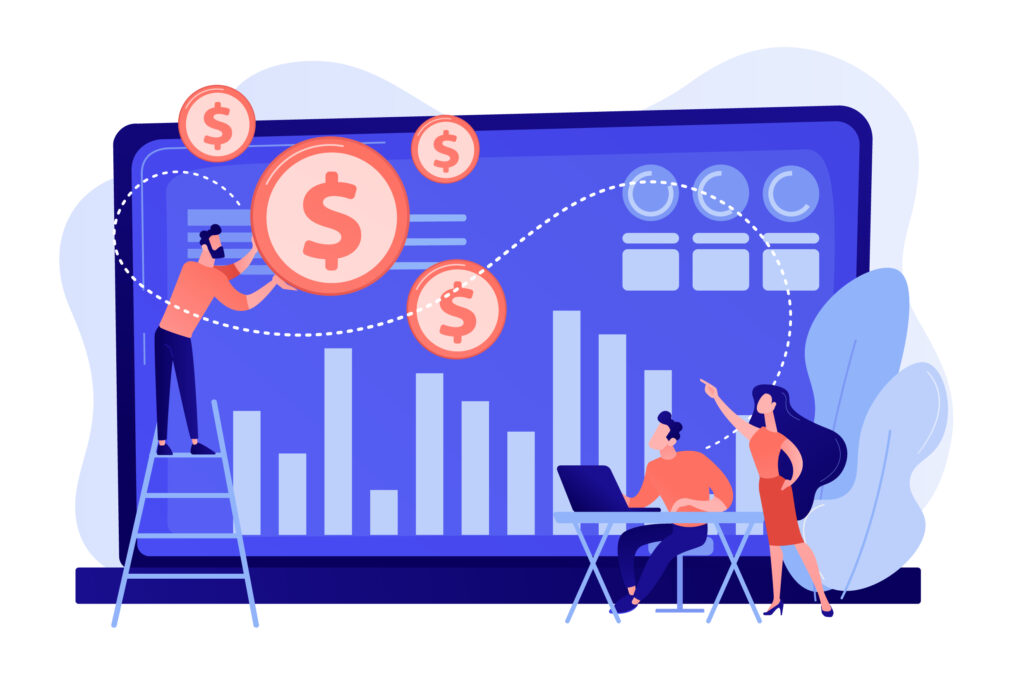





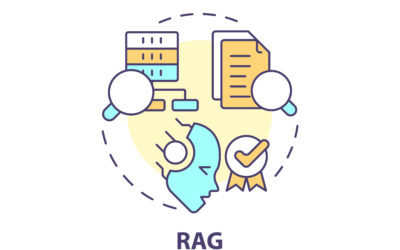
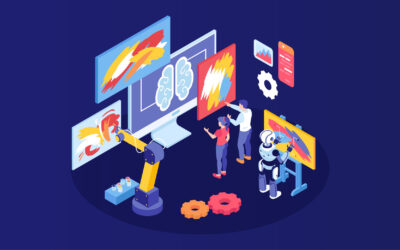
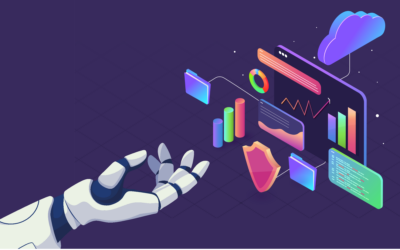
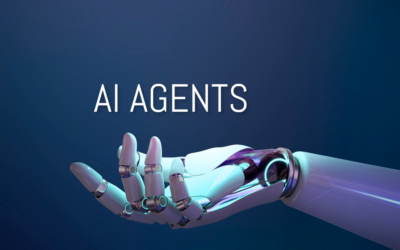


0 Comments